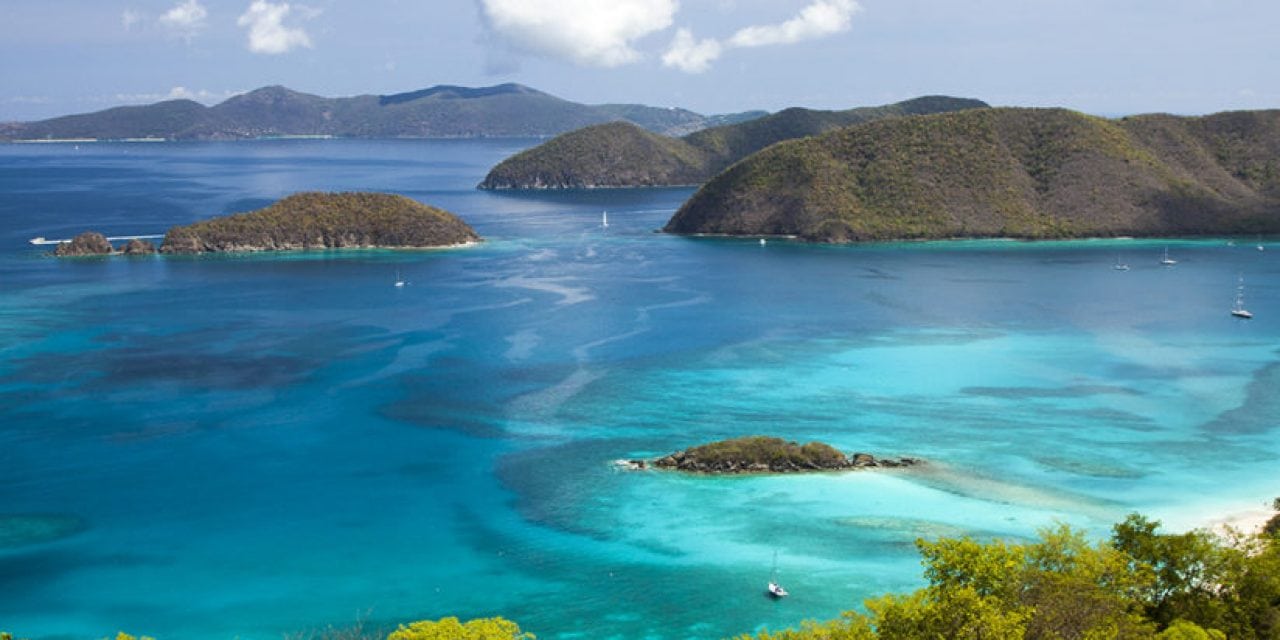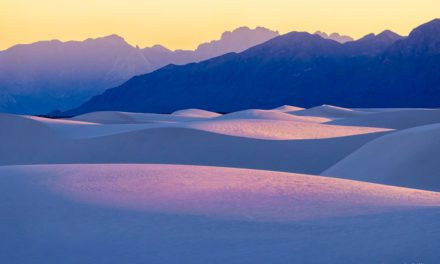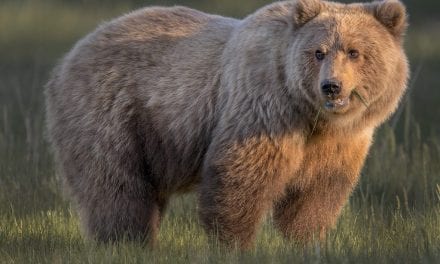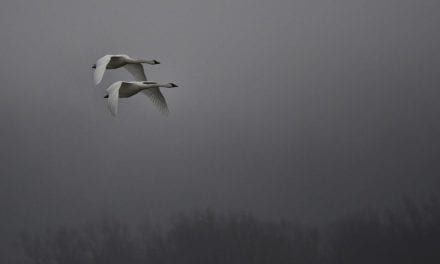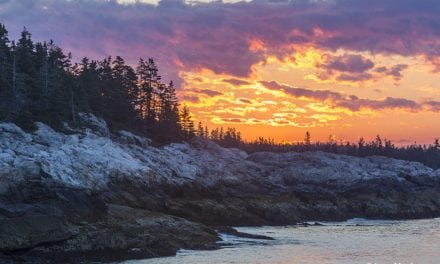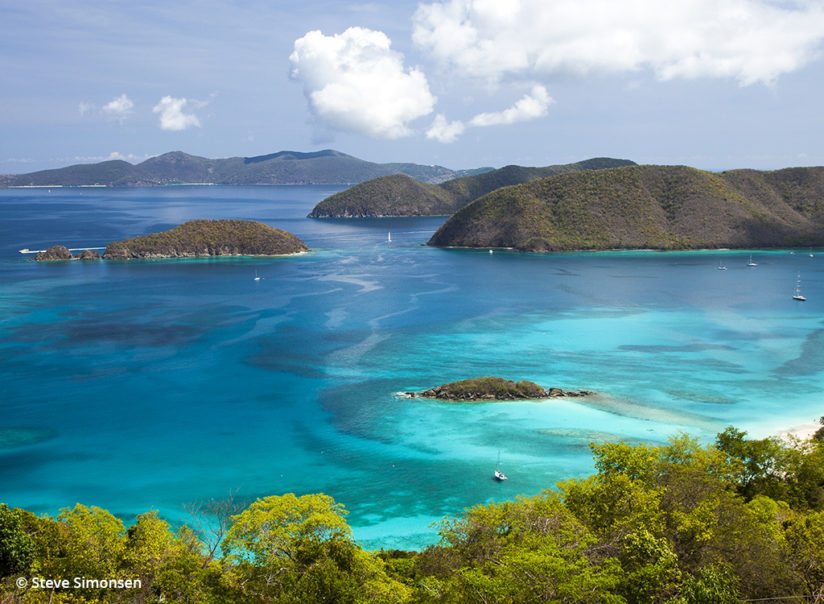
Location
Cinnamon Bay is located on the tiny island in the Caribbean called St. John, so small it has no airport, no traffic light and no movie theater. What it does have is unbelievably turquoise waters surrounding its warm white sand beaches that are void of large hotels because two thirds of the island is home to Virgin Islands National Park. Everyone arrives here by boat, unless you have a helicopter. The roads are steep and full of curves; the maximum speed limit is 20 mph and, to throw in another twist, we drive on the left. We share the roads with chickens, donkeys, goats, cattle, iguanas and mongoose. The town is affectionately dubbed “Love City,” and you can walk from one end of town to the other in five minutes. At nine miles long and three miles wide at its widest, this place is explored using feet, fins or four-wheel drive. Many of the cars on the island are Jeeps, and of those vehicles many of them have paddleboards on top and beach chairs in the back.
Weather At Cinnamon Bay
From December through March, early-morning temps are in the low 70s and daytime temps are in the low 80s. The air is dry and clear, and the sky is ripe with perfect puffy cumulus clouds. Traditionally, May and November are the rainiest months. Summers are hot and hazy with frequent but short rain showers.
Photo Experience At Cinnamon Bay
There’s a national park campground at Cinnamon Bay just behind the beach and a watersports concession. There’s an added bonus to photographing in the tropics: In addition to capturing long shadows and warm light around sunrise and sunset, most North American photographers don’t realize that the best time of day to capture the aquamarine colors of the Caribbean Sea is between 9 a.m. and 3 p.m., when the sun is high enough to penetrate the surface of the water to reveal an amazing variety of turquoises. Around 10:30 a.m. is the ultimate best time to capture the color of the shallow tropical ocean. The most useful filter is a polarizer. It not only cuts the glare, but it deepens the green of the vegetation and enhances the contrast with the clouds. Pay attention to the highlights of the white sand in the scene.
If you’re lucky enough to shoot underwater, remember a few essential tips. Shoot wide, get close, then get closer. If you’re not using flash, keep the sun at your back. Angle across or up to include blue water in the shot. The least-attractive underwater angle is downward. Set the white balance for Daylight, not Auto. Slow down and don’t chase the marine life. If you stay in one spot, the wildlife will eventually return to what they were doing before you showed up. Be careful changing lenses at the beach, because there’s a ton of salt in the air. Don’t spray sunscreen or bug spray near your uncovered lenses, as bug spray can damage lens coatings and the oils in sunscreen are difficult to remove completely.
Best Times
Best times to visit and photograph the Virgin Islands are typically in season, which means December through March. Fall is also a great time to visit, not because the leaves are changing color, because they don’t; it’s when the summer’s moist, hot, hazy skies disappear and the island is super green as a result of a summer full of rain showers. If you want the “virgin” in Virgin Islands look, then October is the quietist time of year, and you’ll have the place to yourself. As with most national parks, people don’t start arriving until 9:30 to 10:30 a.m., and most of the beachgoers begin leaving late in the afternoon, after 4 p.m. The no-see-ums (tiny sand fleas) come out around dawn and dusk. They can be so bad that they chase you off the beach.
Contact: National Park Service, nps.gov/viis
See more of Steve Simonsen’s photography at stevesimonsen.com.
The post Cinnamon Bay appeared first on Outdoor Photographer.

